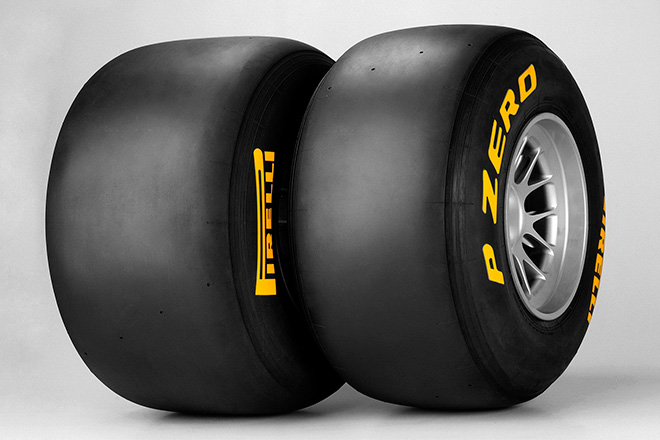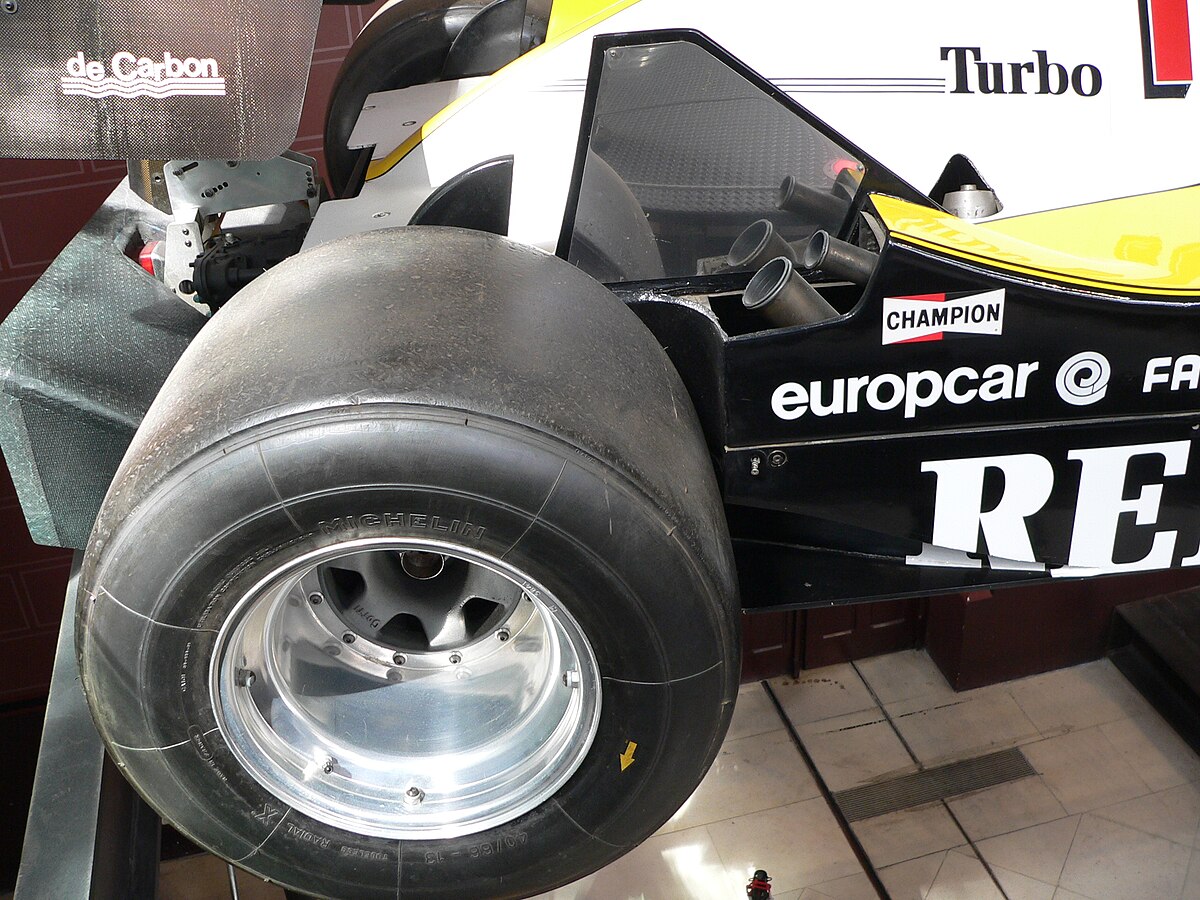So, Racing Slicks, Huh?
Alright, let’s talk about these things they call racing slicks. You see ’em on TV, on those super fast race cars, looking all smooth and serious. The idea sounds pretty straightforward, right? No grooves, so more rubber touches the road, and that means more grip. Bang, your car goes faster. That’s what they tell you, anyway. I’ve been around cars for a good while now, done a bit of tinkering and even some amateur track days, and let me tell ya, it’s not quite as simple as just bolting them on and suddenly you’re a racing legend.

I remember this one fella, let’s call him Mike. This was years ago. Mike had this import car, spent a ton of money on it, turbo, exhaust, the whole nine yards. He was convinced he was the next big thing. One day, he rolls up to a local meet, all excited, with a brand new set of shiny racing slicks in his trunk. “These are gonna change the game!” he was yelling, all pumped up. He’d heard all the hype, seen the pros use them, and figured that was the missing piece for him.
Now, there was an older guy there, a mechanic named Gus who’d seen more engines than Mike had hot dinners. Gus just kinda looked at the slicks, then at Mike’s car, then at the sky, and grunted. He asked Mike, “You got a way to keep ’em warm? Know what pressures to run? Got a trailer to get to the track?” Mike just looked a bit blank. He figured you just put them on and drove.
And that’s the real story with slicks, from what I’ve seen and almost learned the hard way. It’s not just the tire; it’s everything around it. It’s about the preparation, the car, and frankly, the driver.
Here’s what I’ve pieced together over the years, mostly from watching folks like Mike and listening to guys like Gus:
- They’re absolutely useless in the wet. Seriously. No grooves means zero water clearance. Even a slightly damp track and you’re basically on ice. Forget about driving them on the street if there’s a cloud in the sky.
- They need to be hot. Really hot. Cold slicks have no grip. Race teams use electric blankets on them. For us regular Joes, you need a few careful laps to build that temperature, otherwise, they’re more dangerous than your regular tires.
- Tire pressure is super critical. It’s not like your street tires where you set it and forget it. You gotta be on top of it, adjusting for temperature and track conditions. Get it wrong, and they don’t work right, or they wear out weirdly.
- They don’t last long at all. All that sticky rubber is soft. Super soft. You might get a few track days out of a set if you’re lucky and you know how to manage them. They’re a serious consumable item.
- Your car’s suspension better be up to it. Slicks generate huge forces. If your suspension is stock, or just old and tired, you might not even be able to use the extra grip. You could even break something.
I saw another guy, total opposite of Mike, really knew his stuff, had a dedicated track car. Even he struggled sometimes. He’d be there with his pyrometer, checking temps across the tire, fiddling with pressures. It looked like hard work. He once told me, “Slicks will tell you everything that’s wrong with your setup and your driving, real quick.”

Years ago, when I was younger and dumber, I almost bought a set. I had this old clunker I was trying to turn into a weekend track toy. Saw an ad for some used slicks, real cheap. My eyes lit up! “This is it!” I thought. “Instant speed!” I was about to call the seller, all excited. Then I had a chat with a more experienced buddy. He didn’t laugh, just started asking questions. “How are you getting them to the track? What if it rains? Is your suspension ready for that kind of grip? Do you know how to manage heat cycles?”
My enthusiasm deflated pretty fast. I didn’t have good answers. My car was mostly stock, suspension was probably shot, and I definitely didn’t have a trailer. I was planning to drive to the track on them, which, as I learned, is a terrible idea because of road debris and the total lack of wet grip.
So, what are racing slicks when you get right down to it? They’re a very specific tool for a very specific job: making a well-prepared race car go as fast as possible on a perfectly dry, clean race track, with a driver who knows how to use them. They aren’t some magic bullet. They demand a lot from the car, the driver, and your wallet. For most folks, even for pretty serious track day enthusiasts, a top-tier set of street-legal performance tires is more than enough. Way less hassle, you can drive to the track on them, and you can still have an absolute blast.
That little reality check saved me a fair bit of cash and probably a lot of grief. Sometimes just understanding what something is really for, and what it takes to use it properly, is the most important part of the learning process. And that’s my take on racing slicks, based on what I’ve picked up along the way.
